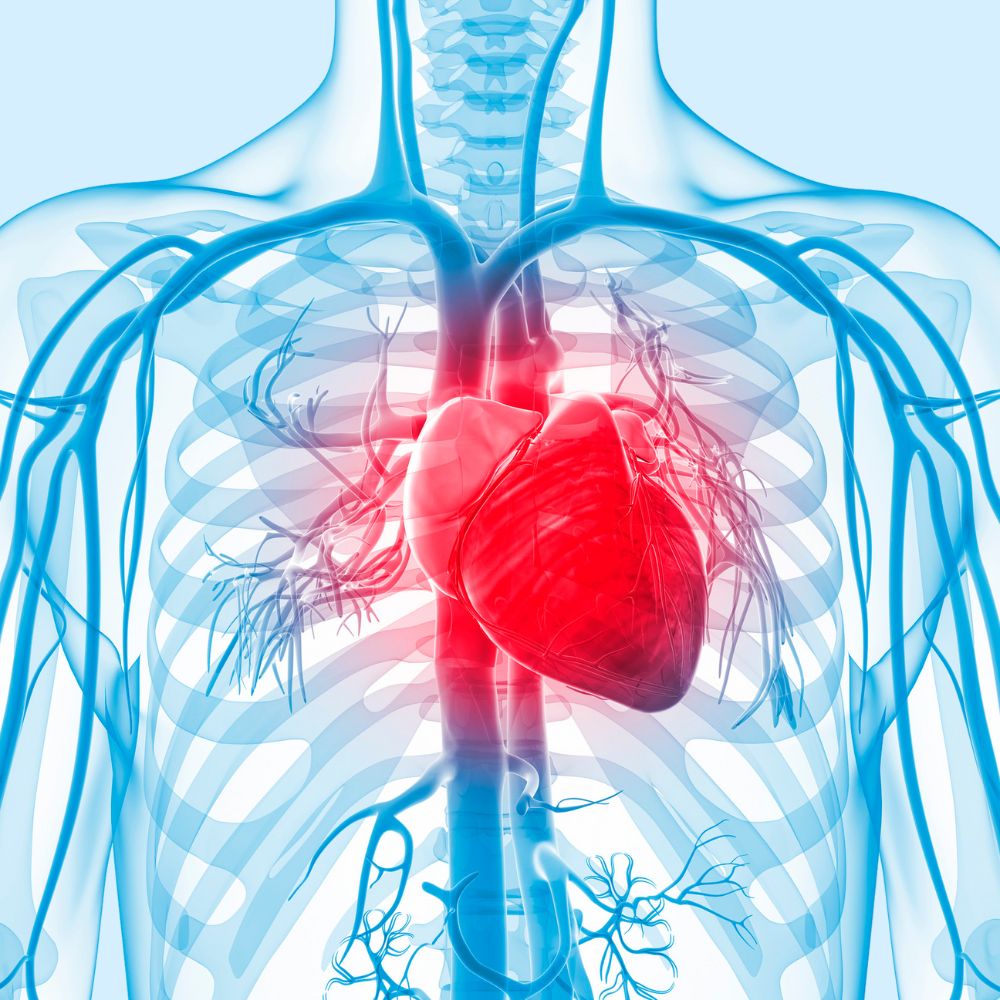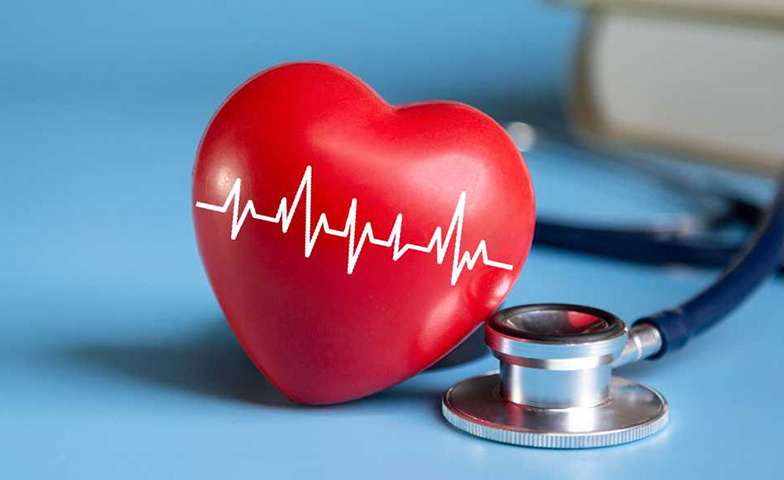Wondering where to go for reliable heart care? Find a top Cardiologist near me today
Wondering where to go for reliable heart care? Find a top Cardiologist near me today
Blog Article
Understanding the Significance of Cardiology in Modern Health Care Solutions
Cardiology plays an essential duty in modern healthcare, particularly as cardiovascular disease proceeds to be the leading root cause of death worldwide. Developments in diagnostics and therapy have transformed individual treatment, making it possible for earlier treatments and boosted end results. The change towards precautionary cardiology equips individuals to manage their health proactively. As technology remains to advance, the integration of innovative services may even more redefine cardiology's impact on public health, motivating a better assessment of emerging fads and their effects.
The Occurrence of Heart Disease and Its Influence On Public Wellness
Heart condition stays the leading cause of fatality worldwide, its influence extends far beyond private people to impact public wellness systems and economic situations. The high prevalence of cardiovascular disease puts a considerable pressure on healthcare sources, necessitating boosted funding for treatment, recovery, and prevention programs. Public wellness initiatives need to address danger variables such as weight problems, smoking, and sedentary way of lives, which contribute considerably to the rising occurrence of heart conditions.Moreover, the financial worry associated with cardiovascular disease is immense, encompassing not only straight clinical costs but likewise indirect costs connected to shed productivity and premature mortality. Neighborhoods face obstacles in managing these costs, usually leading to disparities in health care access and results. As the populace ages and lifestyle-related dangers remain to rise, the necessity for reliable cardiology treatments comes to be extremely important. Subsequently, resolving cardiovascular disease is not only an issue of individual wellness however likewise an essential public health top priority.
Developments in Heart Diagnostics and Imaging Techniques
Recent improvements in heart diagnostics and imaging methods have transformed the field of cardiology, enhancing the capacity to spot and check heart diseases. Strategies such as cardiac MRI, CT angiography, and echocardiography have actually come to be progressively advanced, providing thorough photos of cardiac frameworks and features. These modalities permit the very early identification of conditions like coronary artery condition, heart failing, and valvular disorders.Moreover, developments in non-invasive diagnostics, such as wearable technology and remote surveillance gadgets, have actually encouraged patients and doctor. These devices help with real-time monitoring of heart rhythms and other crucial indications, resulting in prompt treatments. Additionally, expert system is being incorporated into imaging evaluation, improving precision and efficiency in medical diagnosis.
Developments in Therapy Options for Heart Issues
Recent innovations in cardiology have brought about considerable advancements in therapy choices for heart disease. These consist of innovative surgical methods that boost procedural results and arising drugs that supply brand-new methods for therapy. As the area evolves, these advancements play an important function in enhancing individual treatment and outcomes.
Advanced Surgical Techniques
Advancements in medical methods have actually transformed the landscape of cardiology, providing new wish for people with heart disease. Minimally invasive procedures, such as catheter-based treatments, have considerably lowered recovery times and healthcare facility keeps. Strategies like robotic-assisted surgery improve accuracy, enabling doctors to browse complex anatomical structures with greater accuracy. In addition, advancements in imaging technology help with real-time visualization throughout treatments, enhancing end results. Transcatheter aortic shutoff substitute (TAVR) exhibits a breakthrough in treating aortic constriction, allowing shutoff replacement without open-heart surgery. In addition, hybrid methods that integrate catheter-based and medical approaches supply tailored services for various cardiac concerns. These innovative surgical techniques not just improve client security but additionally increase treatment options, emphasizing the critical duty of advancement in modern-day cardiology practices.
Emerging Therapies and drugs
As the landscape of cardiology continues to evolve, emerging drugs and treatments play a critical duty in improving treatment alternatives for heart disease. Developments such as unique anticoagulants and advanced lipid-lowering representatives have changed the administration of cardio illness, considerably decreasing patient morbidity and death. Additionally, the growth of genetics treatments and regenerative medication offers appealing methods for treating problems previously considered irreversible. Professional trials are consistently revealing the effectiveness of these treatments, pushing the limits of traditional treatments. Moreover, the assimilation of digital health and wellness modern technologies assists in personalized medicine, enabling customized treatment plans based on hereditary and way of living factors. Collectively, these improvements emphasize the vibrant nature of cardiology, boosting client outcomes and redefining requirements of treatment in modern-day medical care.
The Duty of Preventive Cardiology in Patient Care
Preventive cardiology plays a necessary duty in person treatment by concentrating on the identification of threat factors that contribute to cardiovascular disease. Through lifestyle modification techniques and early detection techniques, medical care suppliers can properly lower the occurrence of cardio events - Cardiology. This positive technique not only improves patient end results however likewise promotes long-term wellness
Danger Element Identification
While cardiovascular diseases stay a leading cause of morbidity and death worldwide, reliable danger element recognition acts as a cornerstone of preventive cardiology. Recognizing danger elements such as hypertension, hyperlipidemia, household, and diabetes history is vital for early treatment. Health care experts make use of different evaluating methods to examine these variables, enabling for customized safety nets. Furthermore, recognizing a person's way of living selections, such as smoking cigarettes and physical lack of exercise, even more educates risk analyses. This complete assessment makes it possible for clinicians to establish personalized care strategies focused on mitigating risks. By focusing on threat factor identification, medical care systems can enhance client results and lower the overall problem of cardiovascular conditions, ultimately contributing to enhanced public wellness strategies and resource allowance.
Way Of Living Alteration Techniques
A wide variety of researches highlights the crucial function of way of life alteration approaches in reducing cardiovascular condition risk. These strategies include dietary adjustments, boosted exercise, cigarette smoking cessation, and weight monitoring. By adopting a heart-healthy diet plan rich in fruits, vegetables, whole grains, and lean healthy proteins, people can lower cholesterol degrees and high blood pressure. Regular physical activity strengthens the heart and enhances overall cardio wellness. Furthermore, giving up cigarette smoking greatly decreases the danger of heart disease and enhances recuperation prices for those with status quo. Weight administration better adds to cardiovascular wellness by alleviating various other danger elements such as diabetes mellitus and hypertension. Executing these way of living transforms not just promotes private well-being but likewise works as a keystone of precautionary cardiology in client care.
Early Discovery Methods
Lifestyle adjustments considerably contribute to decreasing cardiovascular disease dangers, but they are most efficient when coupled with very early discovery techniques. Preventative cardiology emphasizes the value of recognizing possible heart problems prior to they escalate into serious conditions. Methods such as blood stress tracking, cholesterol screening, and progressed imaging modern technologies like echocardiograms play crucial roles in evaluating cardiovascular health. Biomarkers and genetic testing likewise enhance the precision of very early detection, enabling customized preventative strategies. Routine cardiac risk assessments view publisher site empower healthcare service providers to interfere proactively, potentially preventing cardiac arrest and strokes (Dr Garcia). By integrating these very early detection methods right into routine treatment, individuals can benefit from timely lifestyle interventions and targeted treatments, eventually improving and improving end results top quality of life
Integrating Innovation Into Cardiology Practices
As innovations in innovation proceed to reshape numerous fields, the integration of cutting-edge tools and systems into cardiology practices has become essential for boosting individual care and outcomes. Telemedicine systems permit cardiologists to keep an eye on people remotely, improving access to care while minimizing the burden on healthcare centers. Wearable devices, such as smartwatches, enable continual heart price surveillance, notifying both physicians and patients to possible concerns in real-time. In addition, fabricated intelligence (AI) is being used to analyze huge quantities of heart information, helping in early diagnosis and customized treatment strategies. Advanced imaging methods, including 3D echocardiography, boost visualization of heart structures, resulting in a lot more accurate treatments. Electronic wellness records (EHRs) simplify person information management, making sure that cardiologists have instant access to critical information. With each other, these technical developments are changing cardiology, advertising proactive management and boosted wellness outcomes for clients with cardiovascular conditions.
The Importance of Individual Education And Learning and Engagement
Client education and learning and engagement play a pivotal function in the administration of cardiovascular health and wellness. By outfitting clients with knowledge about their conditions, therapy choices, and way of life changes, healthcare carriers equip people to take an energetic function in their care. This positive method can cause boosted adherence to recommended drugs, dietary modifications, and exercise regimens, eventually minimizing the danger of complications.Engagement also cultivates a solid patient-provider connection, motivating open interaction and trust fund. When individuals feel educated and included, they are more probable to voice worries and ask concerns, which can result in better professional results. In addition, instructional resources, such as workshops or electronic systems, can improve understanding and promote self-management methods. In general, focusing on patient education and learning and interaction is vital for improving cardio health, improving quality of life, and decreasing medical care costs associated with cardio conditions.
Future Patterns in Cardiology and Their Prospective Effect

Often Asked Concerns
What Way Of Living Adjustments Can Reduce Heart Condition Danger?
The existing inquiry addresses way of living modifications that can greatly minimize heart disease risk. Cardiology care. Taking on a well balanced diet plan, engaging in routine physical activity, keeping a healthy weight, managing anxiety, and avoiding cigarette can especially boost cardio health
Just How Can I Recognize Very Early Indicators of Heart Troubles?
Identifying very early indications of heart issues involves tracking signs and symptoms such as upper body pain, lack of breath, fatigue, and uneven heartbeat. Timely awareness of these indicators can motivate needed medical evaluation and intervention for much better results.
What Are the Distinctions In Between Cardiologists and Heart Surgeons?
The distinctions in between cardiologists and cardiac specialists exist in their functions; cardiologists primarily detect and take care of heart disease via non-invasive techniques, while heart surgeons perform operations to correct structural heart concerns. Each plays a crucial, distinctive function.

Exactly how Commonly Should I Obtain My Heart Health And Wellness Checked?
The frequency of heart medical examination varies based upon private danger elements. Normally, adults should go through examinations every one to two years, while those with existing this post conditions may need more frequent assessments as suggested by medical care specialists.
What Duty Does Genetics Play in Heart Problem Threat?
Genes greatly affects heart problem risk, with domestic patterns suggesting inherited conditions. Certain genes can incline people to hypertension, cholesterol concerns, and various other cardiovascular issues, highlighting the importance of genetic testing in reviewing heart health. Heart disease remains the leading reason of death around the world, its effect prolongs far beyond specific clients to affect public wellness systems and economic situations. Public wellness campaigns must resolve danger variables such as excessive weight, smoking cigarettes, and less active way of lives, which contribute substantially to the increasing incidence of heart conditions.Moreover, the financial concern connected with heart condition is immense, encompassing not only straight clinical prices but also indirect expenses connected to shed productivity and premature mortality. Preventive cardiology plays an essential function in client treatment by concentrating on the identification of risk aspects that contribute to heart condition. Man-made knowledge (AI) and device knowing are improving diagnostics and individual tracking, making it possible for early detection of heart conditions. The differences in between cardiologists and heart surgeons exist in their roles; cardiologists mostly manage and identify heart problems via non-invasive techniques, while cardiac surgeons execute surgical procedures to remedy architectural heart issues.
Report this page